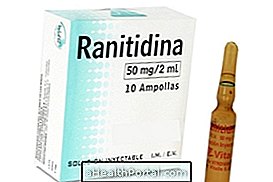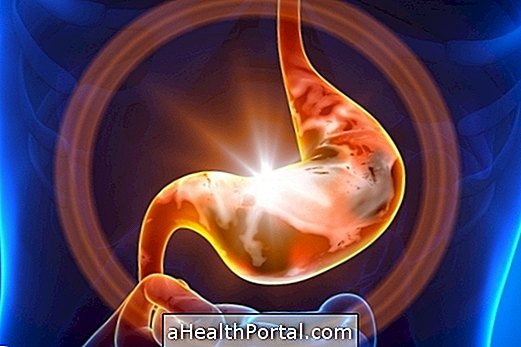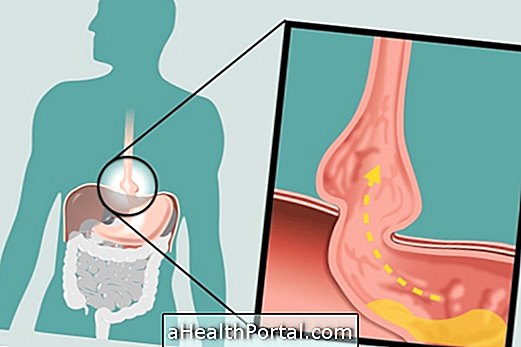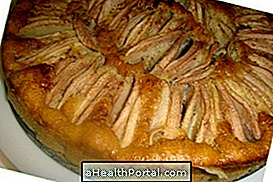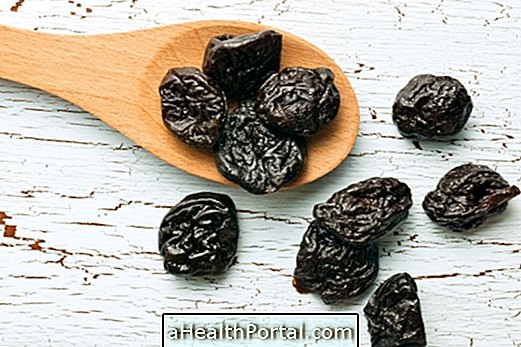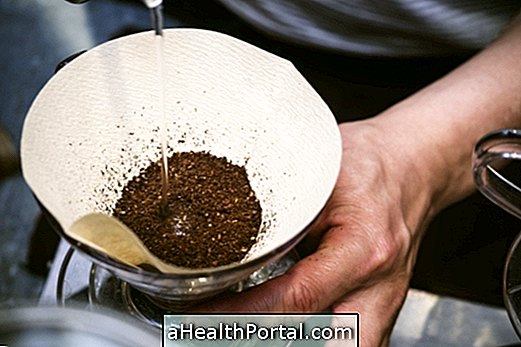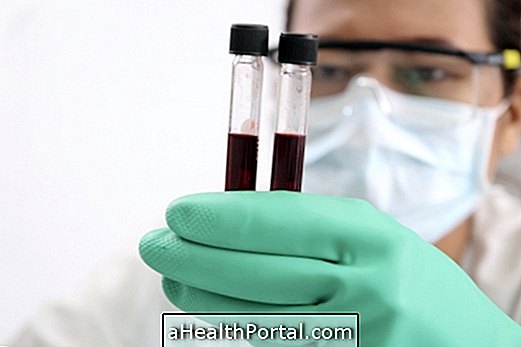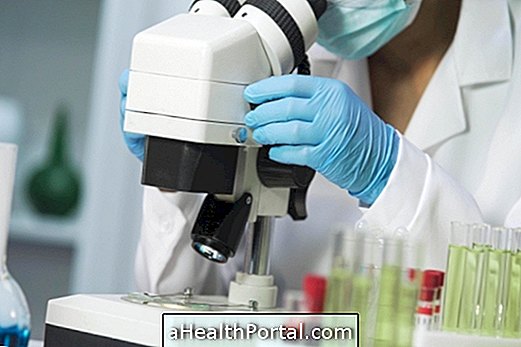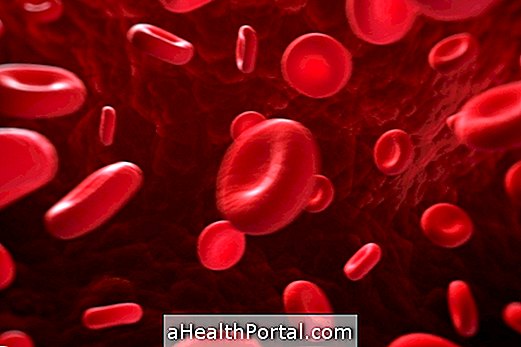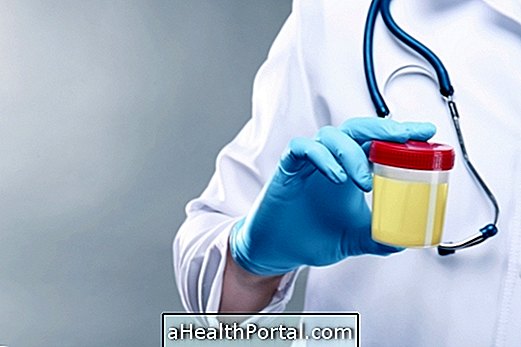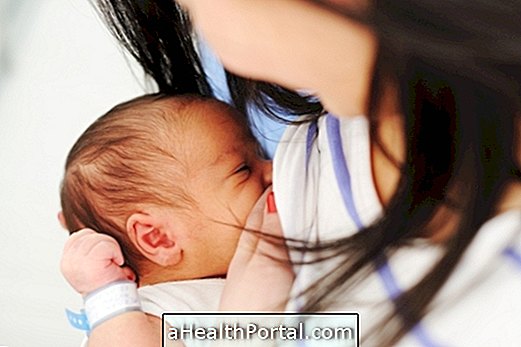The anal fistula is a wound that forms between the end of the intestine and the skin of the anus, creating a small tunnel that causes symptoms such as pain, redness and bleeding from the anus. It usually arises after an abscess in the anus, however, it can also be caused by inflammatory bowel diseases such as Crohn's disease or diverticulitis, for example.
To treat this problem, and avoid complications such as infection or fecal incontinence, you must have a surgery, called an anal fistulectomy, in which the doctor:
- Cut a cut over the fistula to expose the entire tunnel between the intestine and the skin;
- Removes the injured tissue from the inside of the fistula;
- It places a special wire inside the fistula to promote its cicatrization;
- Give points on the spot to close the wound.
To avoid pain, surgery is usually done with general or epidural anesthesia and before starting the procedure the doctor uses a catheter to explore the fistula and assess whether there is only one tunnel or if it is a complex fistula, in which there are several tunnels. In this case, it may be necessary to do more than one surgery, to close one tunnel at a time.
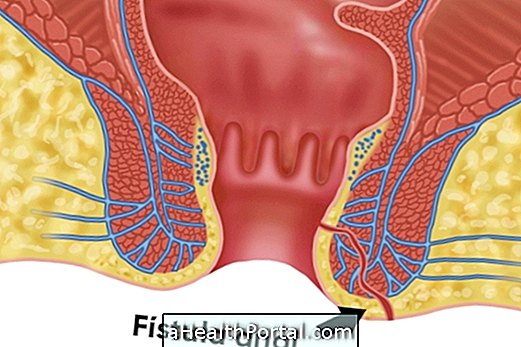
How is recovery
After surgery, it is usually necessary to be hospitalized for at least 24 hours to ensure that the anesthetic effect has disappeared and does not exist in a complication such as bleeding or infection.
After that, it is possible to return home but it is recommended to rest for 2 to 3 days before returning to work. During this time it may be necessary to take antibiotics, such as Amoxicillin, or anti-inflammatories, such as Ibuprofen, prescribed by your doctor to relieve pain and ensure no infection. To reduce the risk of infection, you should also maintain the hygiene of the region with warm water and a soap of neutral pH, and make the dressings at the health clinic.
During the postoperative period, it is normal for the wound to bleed a little, especially when toilet paper is passed through the anus, however, if the bleeding is severe or if some type of acute pain arises, it is important to go to the emergency room immediately.
Furthermore, in the first week it is also important to eat a diet to avoid constipation, since the accumulation of feces can increase the pressure on the walls of the anus and make it difficult to heal. Here's how to do this kind of feeding.
Symptoms of anal fistula
The main symptoms of anal fistula include:
- Redness or swelling of the skin of the anus;
- Constant pain, especially when sitting or walking;
- Exit of pus or blood through the anus;
In addition to these symptoms, abdominal pain, diarrhea, loss of appetite, decreased body weight and nausea may occur if infection or inflammation of the fistula occurs.
In these cases, it is recommended to consult a proctologist to make the diagnosis of the problem, with local observation or magnetic resonance, for example, and start the appropriate treatment.
When to go to the doctor
It is recommended to consult the proctologist immediately or go to the emergency room when:
- Bleeding in the anus;
- Increased pain, redness, or swelling;
- Fever above 38ºC;
- Difficulty urinating.
In addition, it is also important to go to the doctor if you develop constipation that does not go away after 3 days, even with the use of laxatives.

